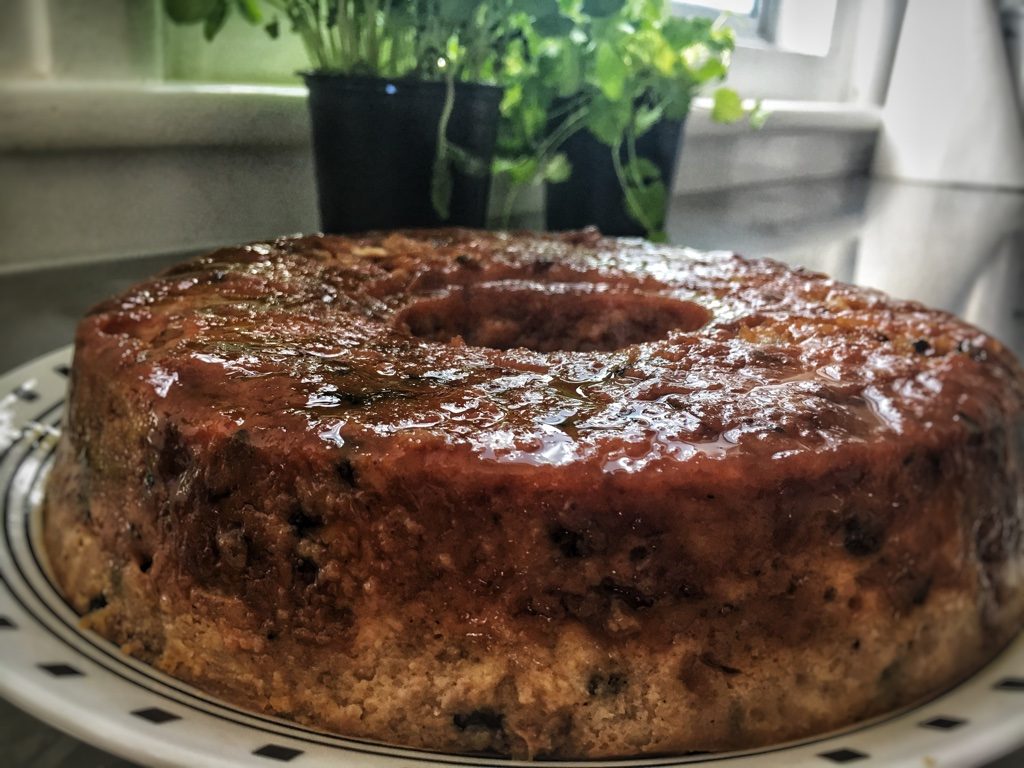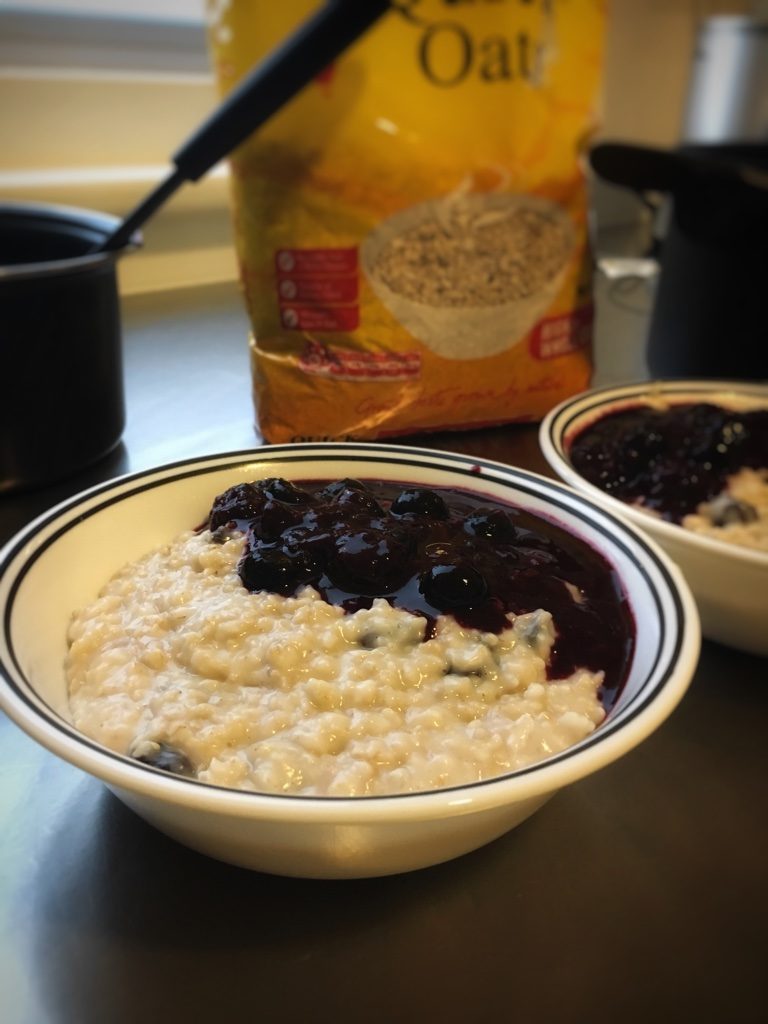Minestrone, a hearty vegetable soup synonymous with Italian comfort food, has found a fascinating new life in Peru. Influenced by the waves of Italian immigrants who arrived in the 19th and 20th centuries, Peruvian cuisine embraced the concept of minestrone, transforming it into a dish that reflects the unique ingredients and culinary traditions of the country.
The story of Peruvian Minestrone, also known as “Menestrón” in Spanish, is a testament to the power of cultural exchange. While it shares its Italian cousin’s focus on vegetables and a flavourful broth, Peruvian Minestrone boasts a distinct personality. Let’s delve into the heart of this delicious soup and explore what sets it apart.

Italian Inspiration, Peruvian Innovation
The foundational elements of Italian minestrone – vegetables simmered in a rich broth – also form the base of the Peruvian version. However, the ingredients take a delightful turn towards the unique flavours of Peru. Replacing classic Italian additions like pasta like ditalini or orzo, Peruvian Minestrone features penne – a more substantial pasta that holds its shape well in the robust soup.
One of the most significant differences lies in the protein used. Italian minestrone often incorporates leftover meats like sausages or ham. Peruvian Minestrone, however, typically showcases “carne de res,” or beef. This rich protein source, traditionally beef cheek, adds depth and a satisfying heartiness to the dish.
The Power of Pesto: A Fusion Flavor Bomb
Another key element that sets Peruvian Minestrone apart is the addition of pesto at the very end. This vibrant green sauce, made with fresh basil, garlic, pine nuts, and Parmesan cheese, explodes with flavour and adds a vibrant counterpoint to the soup’s earthy tones. The pesto’s creaminess also balances the beef’s richness, creating a truly delightful mouthful.
This final touch reflects the Italian influence on Peruvian cuisine. Pesto, a cornerstone of Ligurian cuisine in Italy, finds a new home in the Peruvian Minestrone, adding a layer of complexity and showcasing the beautiful fusion of cultures.
Beyond the Recipe: Exploring Peruvian Minestrone Variations
The beauty of Peruvian Minestrone lies in its adaptability. While the core recipe provides a delicious foundation, there’s plenty of room for personal expression. Here are some exciting ways to explore variations on this classic dish:
- Protein Power: Feel free to experiment with different protein sources. Chicken, shredded pork, or even tofu can be substituted for the beef, creating a lighter version of the soup.
- Vegetable Symphony: The world is your oyster (or should we say, your vegetable patch!) Don’t be afraid to add other seasonal vegetables like green beans, bell peppers, or even chopped spinach.
- Spice It Up: For those who like a touch more heat, add a dash of aji amarillo paste or a few slices of fresh jalapeño pepper along with the vegetables.
- Herb Haven: Fresh herbs like oregano or cilantro can be sprinkled on top of the finished soup for an extra burst of flavor.

Ready to Try Peruvian Minestrone?
Now that you’ve embarked on this culinary journey, it’s time to experience the taste of Peru in your own kitchen. Here’s a detailed recipe to create your own Peruvian Minestrone masterpiece:
Ingredients:
- For the Soup:
- 1/2 kg beef cheek (or substitute with boneless beef chuck)
- 1/4 cup olive oil
- 2 liters water
- Salt and pepper to taste
- 1/2 cup chopped leek
- 1 cup peas
- 1 cup diced carrots
- 1 cup diced zucchini
- 1 cup finely sliced green cabbage
- 1 cup corn, cut into wheels
- 2 diced potatoes
- 250 grams penne pasta
- For the Pesto:
- 1 large bunch of fresh basil leaves
- 1/4 cup of parmesan cheese
- 1 – 2 tablespoon of pines or pecans
- 1/2 teaspoon minced garlic
- salt and pepper

FAQ Peruvian Minestrone
Both are vegetable soups with a rich broth. However, Peruvian Minestrone features corn (choclo), diced zucchini (zapallo italiano), and penne pasta and typically uses beef as the protein. It also finishes with a vibrant pesto sauce for an extra layer of flavour.
No, the traditional recipe uses beef. However, you can easily make it vegetarian by substituting the beef with vegetable broth and a protein alternative like tofu, lentils, or chickpeas.
Yes, while penne is traditional, you can use other short pastas like elbows, ditalini, or even small shells. Just adjust the cooking time based on the pasta variety you choose.
Yes, boneless beef chuck is a good substitute. Just be aware that it might cook slightly faster than beef cheek.
Yes, you can substitute pine nuts with walnuts, almonds, or even cashews. Toast them lightly in a dry pan before adding them to the pesto for extra flavour.
The cooking time will depend on the cut of beef you use. Beef cheek typically takes 2-2.5 hours to become tender.
Traditionally, pesto is added to the individual bowls right before serving, ensuring the vibrant green colour remains fresh. However, if you prefer, you can stir a small amount of pesto into the soup for a more subtle pesto flavour throughout.
Let the soup cool completely before storing it in an airtight container in the refrigerator. It will keep for up to 3 days.
A Fusion of Flavours: Unveiling the Peruvian Minestrone
Now that you’ve embarked on this culinary journey, it’s time to experience the taste of Peru in your own kitchen. Here’s a detailed recipe to create your own Peruvian Minestrone masterpiece:
- Prep Time: 15 minutes
- Cook Time: 3 hours
- Total Time: 3 hours 15 minutes
- Yield: 4-6 servings
Ingredients
- For the Soup:
- 1/2 kg beef cheek (or substitute with boneless beef chuck)
- 1/4 cup olive oil
- 2 liters water
- Salt and pepper to taste
- 1/2 cup chopped leek
- 1 cup peas
- 1 cup diced carrots
- 1 cup diced zucchini
- 1 cup finely sliced green cabbage
- 1 cup corn, cut into wheels
- 2 diced potatoes
- 250 grams penne pasta
- For the Pesto:
- 1 large bunch of fresh basil leaves
- 1/4 cup parmesan cheese
- 1 teaspoon minced garlic
- 1-2 tablespoons pine nuts or pecans
- 2 tablespoons olive oil
Instructions
- Start by heating the oil over medium heat and frying the beef until it turns a golden hue. Then, add two litres of water, salt, and pepper, and let it simmer for 2 to 2.5 hours until it’s tender. It’s that simple!
- When the beef is tender, add all the vegetables and cook until finished. Add the pasta and cook as directed by the package. Add more water if needed.
- Meanwhile, prepare the pesto in a blender, blending all the ingredients until they are a paste. Add one teaspoon of pesto to each of the bowls before serving.
- Enjoy it warm for this colder weather days.
Hi! I’m Valeria (aka Val) the photographer and recipe developer behind Canguro Criollo. My passion for food began when I was little at my home when everything will revolve around food and now I discover this new creative outlet of food photography. I wish you can follow my journey discovering unique ways of preparing Peruvian food abroad and some other family-friendly foods.



